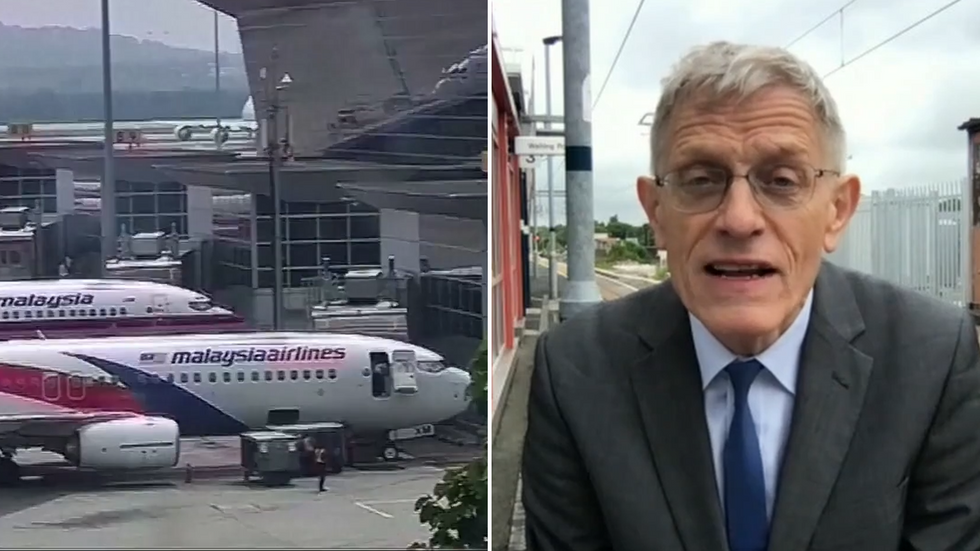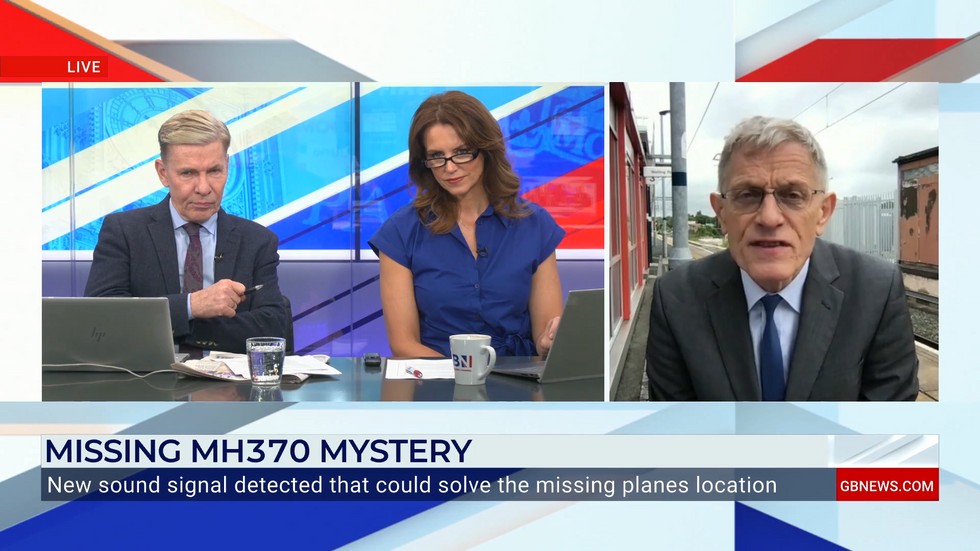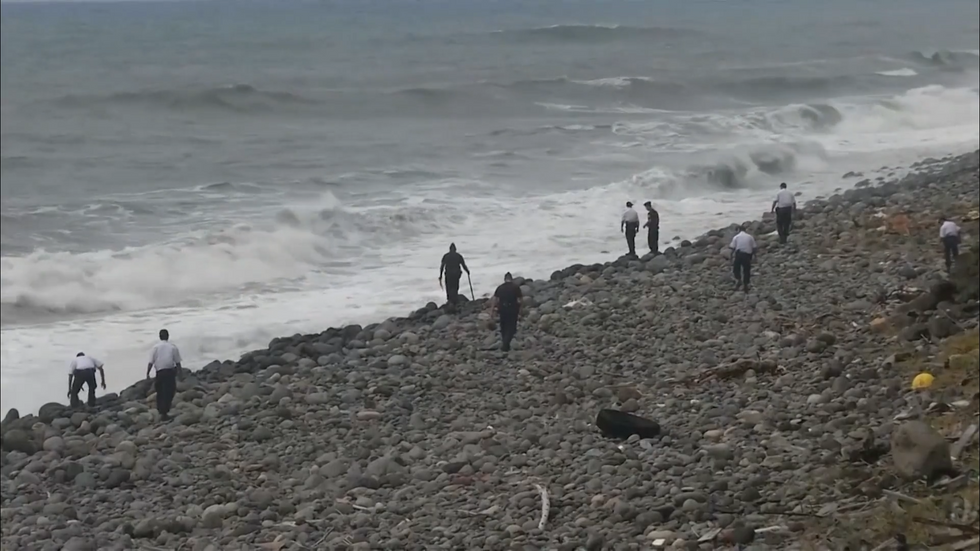The flight, along with all 239 people on board, went missing after taking off from Kuala Lumpur on March 8, 2014
Don't Miss
Most Read
The MH370 mystery could finally be solved after an “extraordinary piece of research”, according to Simon Calder.
The Independent’s travel editor joined Bev Turner and Andrew Pierce after researchers from Cardiff University found a signal which could help detect the missing Boeing 777 aircraft.
The flight, along with all 239 people on board, went missing after taking off from Kuala Lumpur on March 8, 2014.
Calder believes the intrigue that has surrounded the incident since could finally be put to bed.

Simon Calder says the mystery surrounding the missing MH370 could finally be solved
GB NEWS
Asked by Andrew Pierce whether we are “any closer” to solving the mystery, he said: “I think we might be.”
He added: “This is an extraordinary piece of research by a British researcher, which basically realised that if you’ve got a 200-tonne aircraft, which very sadly disappeared in 2014 somewhere over the Indian Ocean, it’s going to make quite a noise.
LATEST DEVELOPMENTS

Simon Calder joined Andrew Pierce and Bev Turner on GB News
GB NEWS
“There are, unbelievably, these so-called hydrophones, underwater microphones, designed to make sure that people are abiding by the Nuclear Test Ban Treaty.
“He reckons he’s picked up a six second burst of sound, which could be MH370 plunging into the Indian Ocean.
“He knows which one it is, and that could help investigators narrow down the search area.”
It is believed that when an aircraft crashes at a speed of 200 metres per second, it releases kinetic energy comparable to that of a minor earthquake.

Many searches have been launched for the missing flight
GB NEWS
The Cardiff-based experts located one six-second signal at a hydroacoustic station based at Cape Leeuwin in Western Australia.
"This raises questions about its origin,"researcher Dr Usama Kadri, a reader of applied mathematics, told The Telegraph.
He said: "Given the sensitivity of hydrophones, it’s highly unlikely a large aircraft impacting the ocean surface wouldn’t leave a detectable pressure signature, particularly on nearby hydrophones."
Kadri said further research would have to be carried out, with an exercise involving explosions or airguns possible.
This would be carried out to cross-reference signals from those with sounds picked up by hydrophones.
He added: "If the signals from such explosions showed pressure amplitudes similar to the signal of interest, it would support focusing future searches on that signal.
"If the signals detected at both Cape Leeuwin and Diego Garcia are much stronger than the signal in question, it would require further analysis of the signals from both stations."














